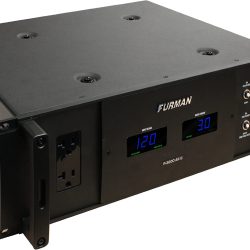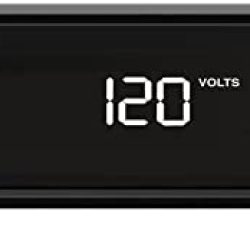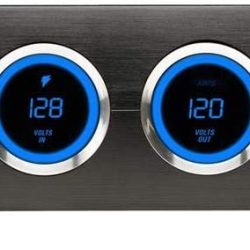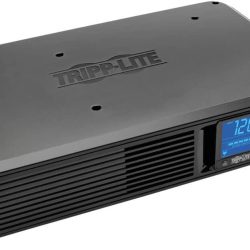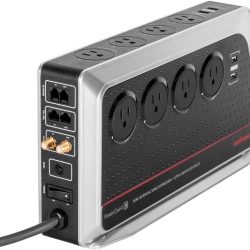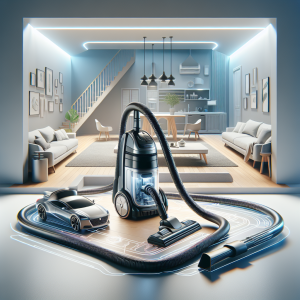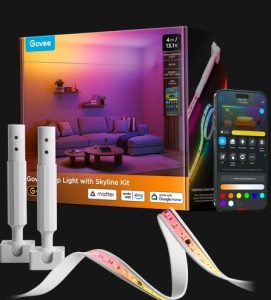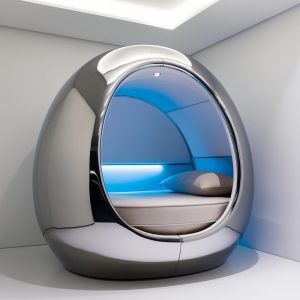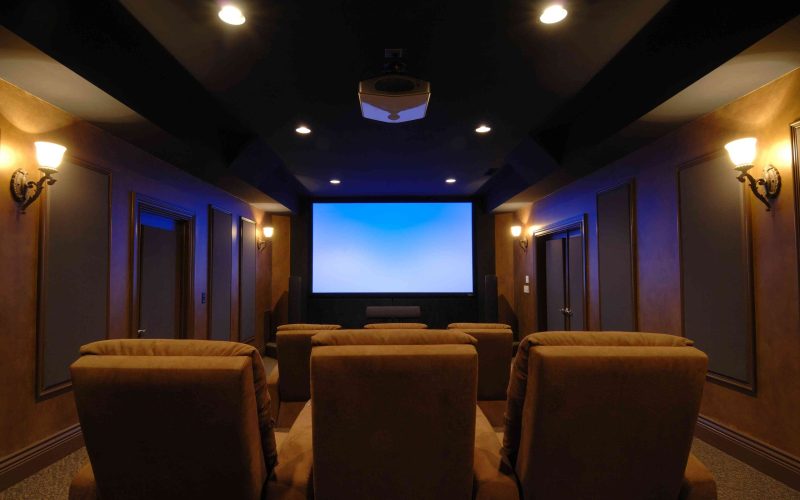Struggling to control your home power electric distribution? You could probably use a good Home theatre power manager. Let’s get a better understanding about how they work and are they worth it.
What is a home theatre power manager?
A home theater power manager is a device designed to provide power management and protection for the components of a home theater system. It serves as a central hub for power distribution, control, and surge protection to ensure optimal performance and safety for the connected audio and video equipment.
Here are some key features and functions typically found in a home theater power manager:
- Power Distribution: A power manager provides multiple outlets for connecting various devices in a home theater setup, including televisions, amplifiers, speakers, media players, and gaming consoles. It allows for organized power connections and prevents cable clutter.
- Surge Protection: One of the essential functions of a home theater power manager is to protect connected devices from power surges and voltage spikes. It incorporates surge suppression technology to safeguard the equipment against sudden increases in voltage that can potentially damage sensitive components.
- Noise Filtering: To enhance audio and video performance, a power manager often includes noise filtering capabilities. It helps to reduce electromagnetic interference (EMI) and radio frequency interference (RFI) caused by other electrical devices in the vicinity, resulting in cleaner power delivery.
- Power Sequencing: Power sequencers are common in home theater power managers. They allow you to specify the order in which devices power on or off. This sequential powering prevents electrical issues and overload by managing the startup and shutdown process of connected equipment.
- Voltage Regulation: Some advanced power managers may also incorporate voltage regulation functionality. They help stabilize the incoming power supply, compensating for voltage fluctuations and ensuring that the connected devices receive consistent and optimal power levels.
- Energy Management: Certain power managers offer energy-saving features such as timed outlets or current sensing, allowing you to automatically power off devices when not in use, reducing energy consumption and standby power draw.
By using a home theater power manager, you can protect your valuable audio and video equipment, streamline power connections, reduce electrical noise, and improve the overall performance and longevity of your home theater system.
Why would you need a home theatre power manager
If you have a lot of electrical devices without proper electric management, it can cause damage like overheating or short circuits.
Features like surge protection prevents flickering or dimming of lights during voltage changes. Multiple outlets allow you to connect all devices – including AV receivers, subwoofers, Blu-ray players, TVs – in one place. This makes it simpler to switch them on and off and saves energy.
High-end power managers have advanced features like automatic fan control, RF filtering and grounding for maximum efficiency. Investing in a home theatre power manager not only offers safety but also increases your electric devices life-span.
Factors to Consider When Choosing a Home Theatre Power Manager
Selecting the right power manager for your home theatre is key for efficiency and effectiveness. Consider the number and type of input and output connections, as well as the power rating and voltage requirements. Look out for features such as:
- Power Rating: The max wattage the power manager can handle.
- Number of Outlets: Quantity of output connections provided.
- Surge Protection: Protects against electrical surge damage.
- EMI/RFI Filtration: Reduces noise from electromagnetic interference.
- Automatic Power Cut-Off: Automatically powers off electronics when not in use.
Go for a high-quality home theatre power management system to protect equipment from damage from surges and electrical interference – this could save money on repairs or replacements. Why not add backup power during blackouts for even better sound?
Is a Home Theatre Power Manager Worth It?
A Home Theatre Power Manager might be thought of as optional, but it’s worth it. It protects your system, saves money, and organizes things. Consider voltage protection rating, number of outlets, and compatibility with your devices. Investing in a good quality power manager can seem pricey, but it pays off.
Plus, a Home Theatre Power Manager guards against electric spikes from the utility provider. This can save you from pricey repairs. Don’t miss out on extending the life of your expensive home theatre system and simplifying your life. Let’s explore the top Home Theatres Power Managers.
Panamax M5400-PM Home Theater Power Conditioner

Power management is a must for home theatre systems. Panamax M5400-PM Home Theatre Power Conditioner is the one-stop-shop for proper power supply. See below for details:
- Total outlets: 11 (6 rear-facing, 5 on top).
- USB charging: 1 front panel outlet.
- Surge protection: Shield connected devices from voltage levels.
- Overvoltage: Blocks electric spikes and reroutes power.
- Power cleaning: Cleans AC power and filters out noise/distortion.
Set the Panamax M5400-PM apart from other power managers with its superior build quality and reliability. Panamax has 40 years of experience in power management products. Get it to safeguard your expensive equipment. Order yours today!
Panamax MR4300 Home Theater Power Conditioner

The Panamax MR4300 Power Conditioner is a power manager that provides clean and steady power supply for your home theater system. It has 10 outlets, eliminating noise and interference to give you cleaner audio and video signals. Plus, its digital LCD display shows voltage, amps, and wattage, helping you track the energy consumption.
This power manager also comes with a special ‘power sequence’ feature. This allows you to control the on/off sequencing of connected devices when the main device is turned off, saving you energy consumption.
Moreover, the Panamax MR4300 features an automated shut-off mechanism, which switches off the device in case of any fault or irregularity. An exclusive outlet for isolated audio equipment is available in the device, to get rid of unnecessary noises and interference while providing superior sound quality.
Furman Elite-15 PFi review
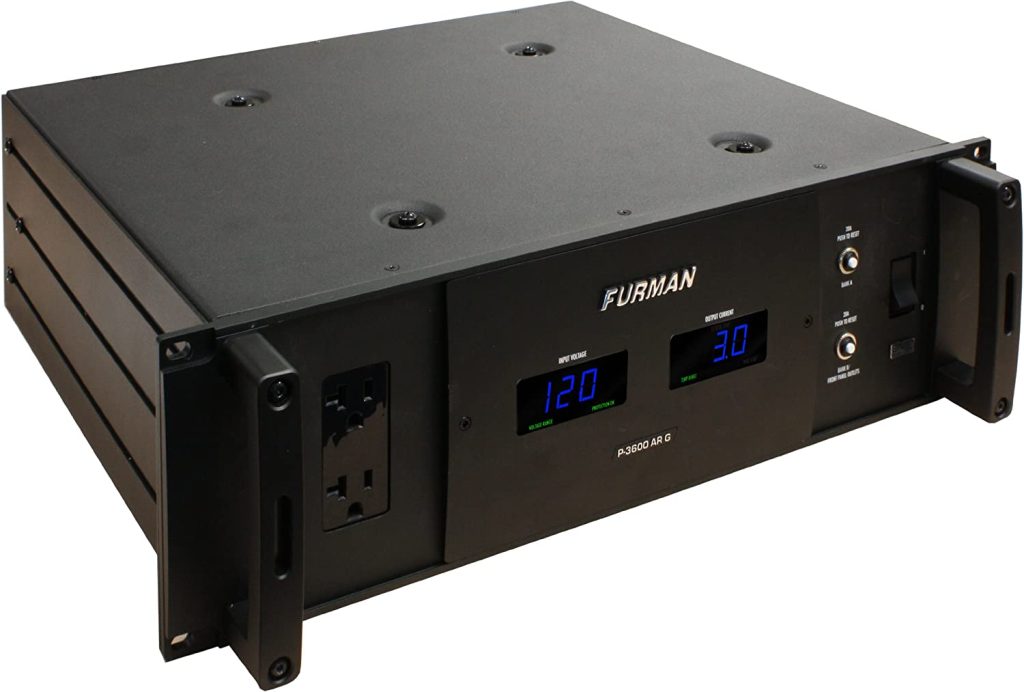
Are you searching for a power manager? Look no further than the Furman Elite-15 PFi! It stands out from the crowd with its impressive features.
Here are some details of this model in a table format:
| Features | Details |
| Voltage regulation | Stable voltage output to ensure devices operate efficiently. |
| Surge protection | Spike suppression and noise filtration. |
| Power factor correction | Total component power factor up to 0.95. |
| Construction | Molded aluminum metal chassis. |
| AC outlets | 13. |
The Furman Elite-15 PFi offers more than just basic functions. It has series multi-stage protection (SMP+), linear filtration technology, and extreme voltage shutdown.
Tripp Lite SMART1500LCD review
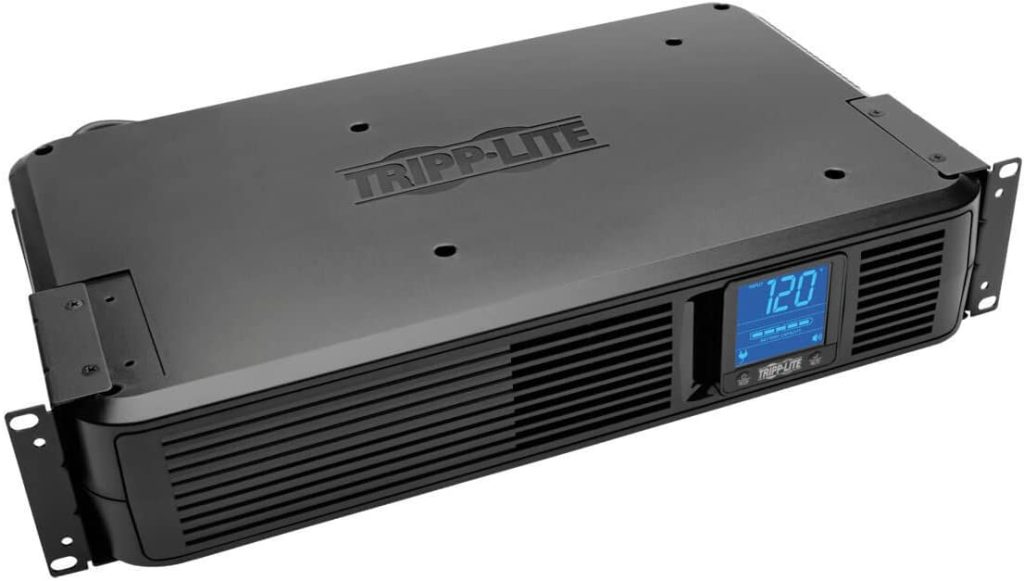
Are you searching for a dependable Home theater surge protector? Look no further than Tripp Lite SMART1500LCD! This power manager has amazing features, such as automatic voltage regulation and surge protection.
SMART1500LCD stands out for its capacity to adjust big dips and surges caused by power cuts or grid variations. It also has a highly reactive battery backup, ensuring all connected devices receive stable input power.
Plus, Tripp Lite has an intuitive LCD screen displaying system performance metrics and other user-determined settings. This makes monitoring your setup simple.
AudioQuest PowerQuest 3 review
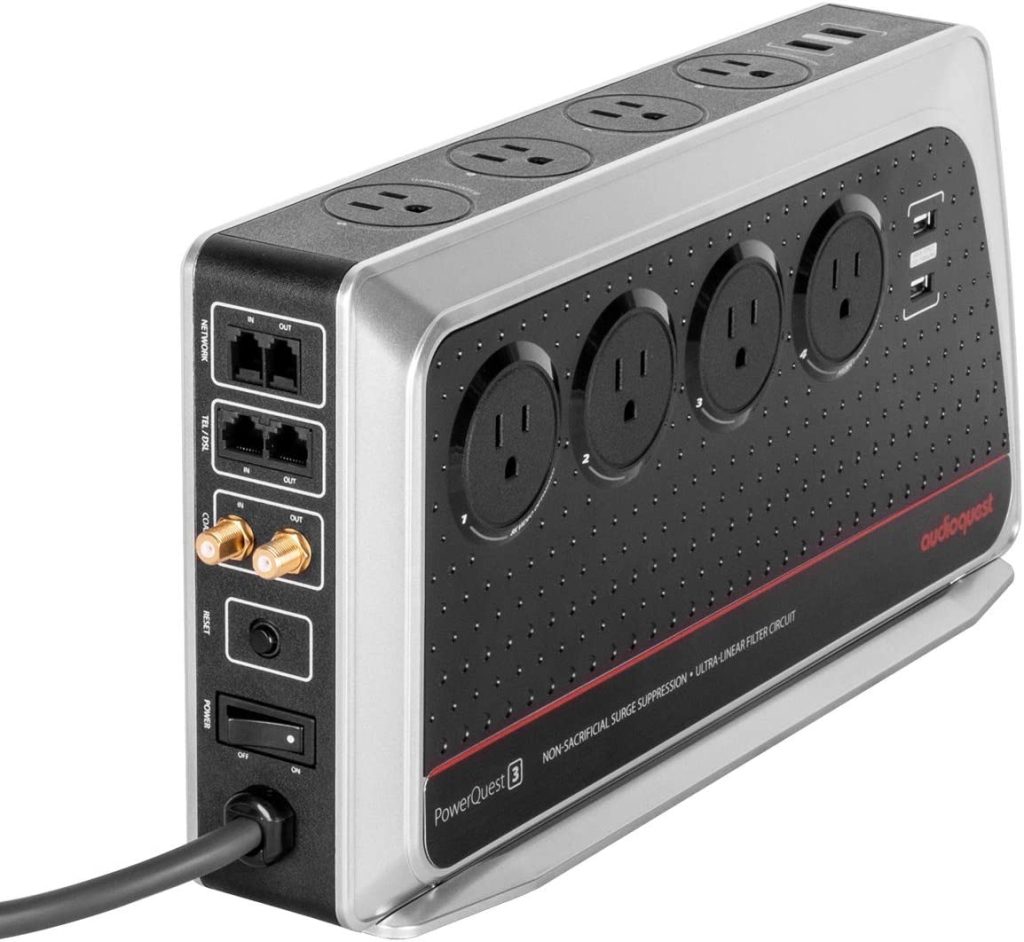
PowerQuest 3 by AudioQuest is one of the best power managers out there. It improves audio and video quality, protects electronics from surges and voltage fluctuation, and ensures optimum power transfer.
It has four high-current grounded AC outlets and two USB ports, making it capable of handling multiple devices. It also features in-built filters that reduce EMI and RFI noise, giving you a noiseless audio experience.
On top of that, it doesn’t affect the dynamic range of music like other power managers do. It has an ultra-linear noise floor and maximum transient current delivery-ability for specific equipment needs.
Testing by Soundandvision.com found that even with low-quality speakers, improved harmonics were evident. This shows the efficiency in performance even with lower quality input formats.
Bottom Line-Best Home Theatre Power Manager
Managing power consumption for home theatres is crucial. The best equipment for this are power managers designed specifically for home theatres. They enhance the system’s performance and protect from voltage surges. Yet, some users may think purchasing such devices is unnecessary.
Investing in a good quality power manager ensures your AV system’s longevity. It provides better surge protection, and saves money in the long run. Components come with built-in surges, but can still be damaged by large voltages during lightning strikes or grid fluctuations.
A reliable home theatre power manager acts as a filter- eliminating harmful surges and interference that could damage connected devices. It also aids in sound clarity by filtering out any “noise” in the circuitry.
So, it’s important to invest in quality power management equipment. Think of it as an insurance policy against costly repairs and replacements due to electrical mishaps.
Frequently Asked Questions
What is a home theatre power manager?
A home theatre power manager is a device that connects to your audio and video system components and allows you to manage their power usage efficiently.
How do power managers save energy?
Power managers reduce energy consumption by automatically switching off standby power to components when they are not in use.
Are power managers worth the investment?
Yes, power managers are worth the investment because they can save energy and money on your electricity bill.
Do power managers affect the quality of audio and video?
No, power managers do not affect the quality of audio and video because they are designed to operate transparently in the background.
Can power managers protect my equipment from power surges?
Yes, power managers have built-in surge protection to protect your equipment from power surges.
Are there any disadvantages to using a power manager?
One disadvantage is that power managers require an initial investment. Some power managers may also limit the number of components that can be connected to them.
What is the difference between a power conditioner and a power manager?
A power conditioner and a power manager are two distinct devices used in electrical systems, and they serve different purposes. Here’s a breakdown of the difference between the two:
Power Conditioner: A power conditioner is a device designed to improve the quality of electrical power supplied to electronic equipment. It helps regulate and clean the incoming power to protect sensitive devices from voltage spikes, surges, noise, and other electrical disturbances. Power conditioners typically incorporate technologies such as surge suppression, voltage regulation, noise filtering, and isolation transformers. They aim to provide a stable and consistent power supply, free from fluctuations or harmful electrical anomalies.
Power Manager: A power manager, on the other hand, focuses more on managing and distributing power efficiently within a system or facility. It typically includes features like power monitoring, load balancing, and remote control capabilities. Power managers allow users to monitor power consumption, allocate power resources to different devices or circuits, schedule power cycles, and implement energy-saving measures. They are commonly used in data centers, server rooms, or any setting where centralized power management and control are necessary.
In summary, while a power conditioner focuses on improving the quality of incoming power by addressing voltage irregularities and disturbances, a power manager is primarily concerned with the management, monitoring, and control of power distribution within a system or facility.

